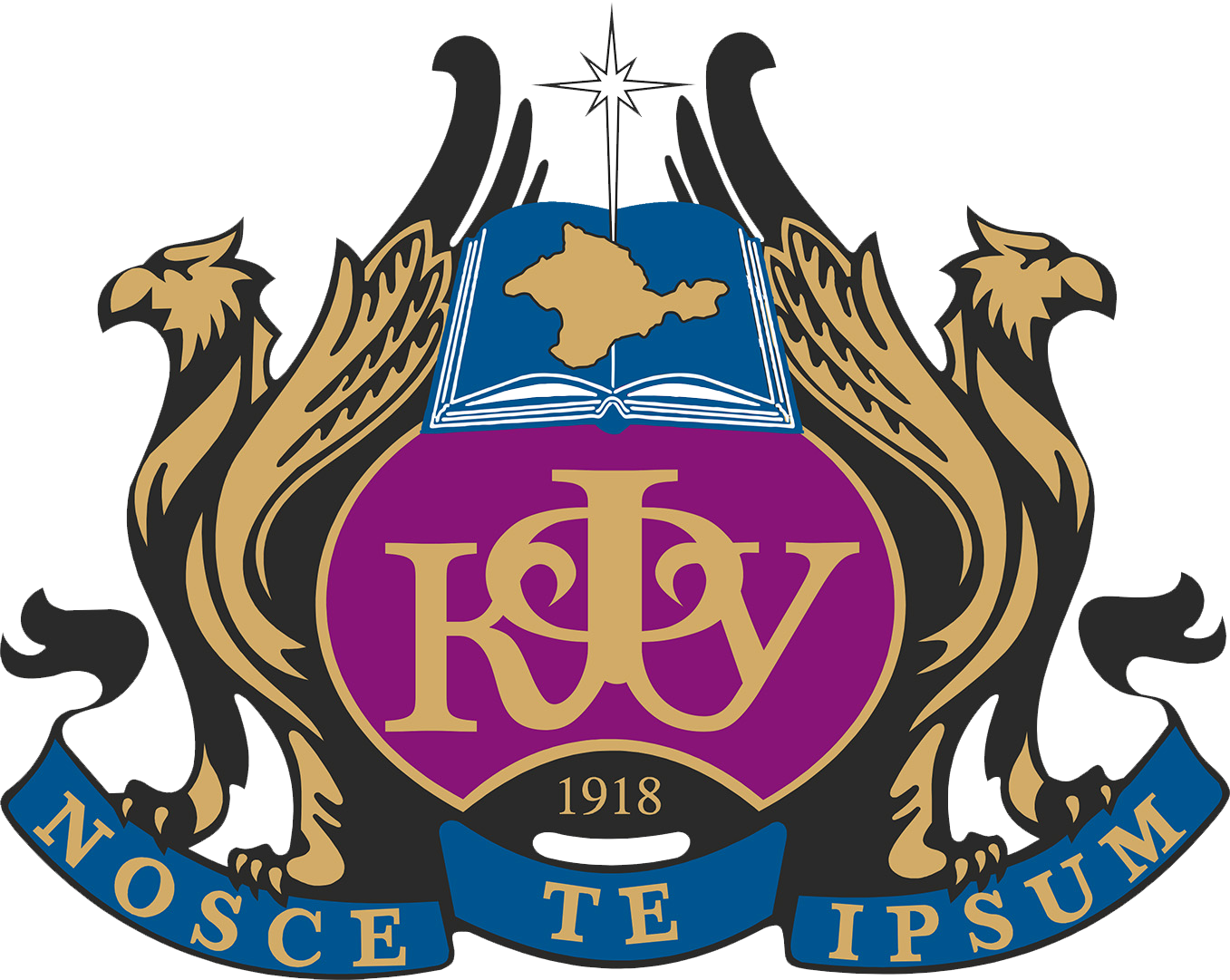A comparative characteristic of the model profile laid on Mount Opuk in 1988 (the year the profile was laid) and in 2023 is presented. The locations of 40 geobotanical descriptions, ranging from sea level to the northwestern slope, are indicated. The numerical composition of groups of plant species differentiated by the method of pollination is assessed, and divided into four main types: entomogamy, anemogamy, autogamy and hydrogamy, each associated with a varying number of pollination vectors. Changes in the ratio of vectors and pollination methods for more than 200 plant species were evaluated at the profile sites. The assessment of the ecotope conditions at the description sites was carried out according to a specially developed program, with information components sourced from the Ecodata database. It was found that for the period from 1988 to 2023 with a total length of 34 years, the conditions on the gradients of the environmental factors of the edaphotope did not change, the climate did not change as a whole, but small deviations were specified.Significant changes were recorded in the number and structure of species groups of different pollination methods. There was a ten percent or more shift in the ratio of entomogamy and anemogamy towards the latter with more or less stable autogamy. It is suggested that the revealed changes in the ratio of entomogamous and anemogamous species occurred as a result of a significant decrease in the density of pollinators, in particular, wild solitary bees, recorded in the steppe and foothills areas of Crimea in recent decades. The decrease in bee density is due to air saturation with microplastic particles clogging the respiratory tract of insects. The dynamics of changes in the composition of the phytocenosis, revealed through the analysis of the structure of the phytocenosis in relation to pollination methods, indicates the need for further monitoring of the transformation processes of the reserve ecosystem. The results of the study help to understand what changes occur in plant communities under the influence of various factors, including climate change and anthropogenic impact. The research emphasizes the importance of long-term monitoring of changes in natural communities and reveals what methods and approaches can be used to study these changes.
monitoring, pollination of plants, Opuksky Nature Reserve.
1. Golubev V. N., Korzhenevskiy V. V. Metodicheskie rekomendacii po geobotanicheskomu izucheniyu i klassifikacii rastitel'nosti Krym. – Yalta, 1985. – 37 s.
2. Vahrushev B. A., Vahrushev I. B. Zapovednye ob'ekty massiva gory Opuk i sopredel'nyh territoriy // Trudy Nikitskogo botanicheskogo sada. – 2006. – T. 126. – S. 23–33.
3. Klyukin A. A. Priroda i raznoobrazie faktorov sredy territorii Opukskogo prirodnogo zapovednika. Trudy Nikitskogo botanicheskogo sada. – 2006. – T. 126. – S. 8–22.
4. Korzhenevskiy V. V. Ob odnom prostom sposobe interpretacii ekologicheskih shkal // Ekologiya. – 1990. – № 6.– S. 60–63.
5. Ivanov E. S. Mehanizmy perehoda entomofil'nyh kul'turnyh rasteniy k samoopyleniyu. Akademiya pchelovodstva. Rybnoe, 1995. – 15 s. Dep. v VINITI 25.10.1995, 2848-V95.
6. Pesenko Yu. A. Principy i metody kolichestvennogo analiza v faunisticheskih issledovaniyah. – M.: Nauka, 1982. – 288 s.
7. Plugatar' Yu.V., Korzhenevskiy V.V. Organizaciya dolgosrochnogo monitoringa na Glavnoy gryade Krymskih gor. I. Rastitel'nyy pokrov // Nauchnye zapiski prirodnogo zapovednika «Mys Mart'yan». – 2017
8. Ponomarev A. N. Predmet i nekotorye aspekty antekologii // Voprosy antekologii. – 1969. – S. 43–45.
9. Fegri K., Van der Peyl L. Osnovy ekologii opyleniya. – M.: Mir, 1982. – 377s.
10. Mirkin B. M. Teoreticheskie osnovy sovremennoy fitocenologii. – M.: Nauka, 1985. – 137 s.
11. Mirkin B. M., Naumova L. G. Nauka o rastitel'nosti. – M.: Nauka, 1998. – 564 s.
12. Transformaciya landshaftno-ekologicheskih processov v Krymu v HH veke – nachale HHI veka. – Simferopol': Dolya, 2010. – 304 s.
13. Frank D., Klotz S. Biologisch-ckologische Daten zur Flora der DDR // Halle-Wittenberg: Wissenschaftliche Beitrage der Martin-Luther-Universitdt. – 1990. – P. 41. – 167 s.
14. Grime J. P. Plant strategies and vegetation processes. – Chichester: Wiley and Sons, 1979. – 222 p.
15. Grime J. P., Hodgson J. G., Hunt R. Comparative plant ecology: a functional approach to common British species. – London: Unwin Hyman, 1988. – 742 p.





